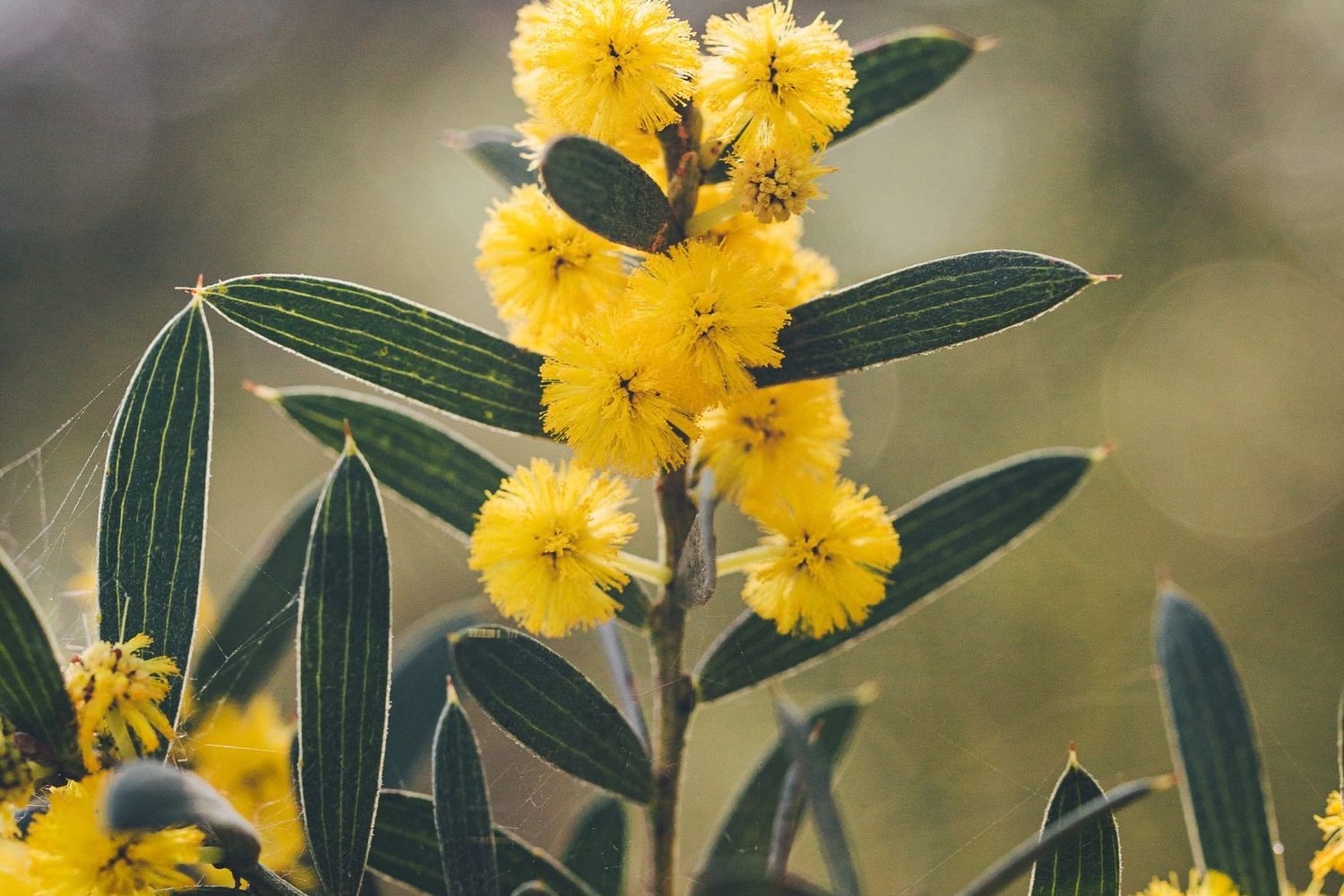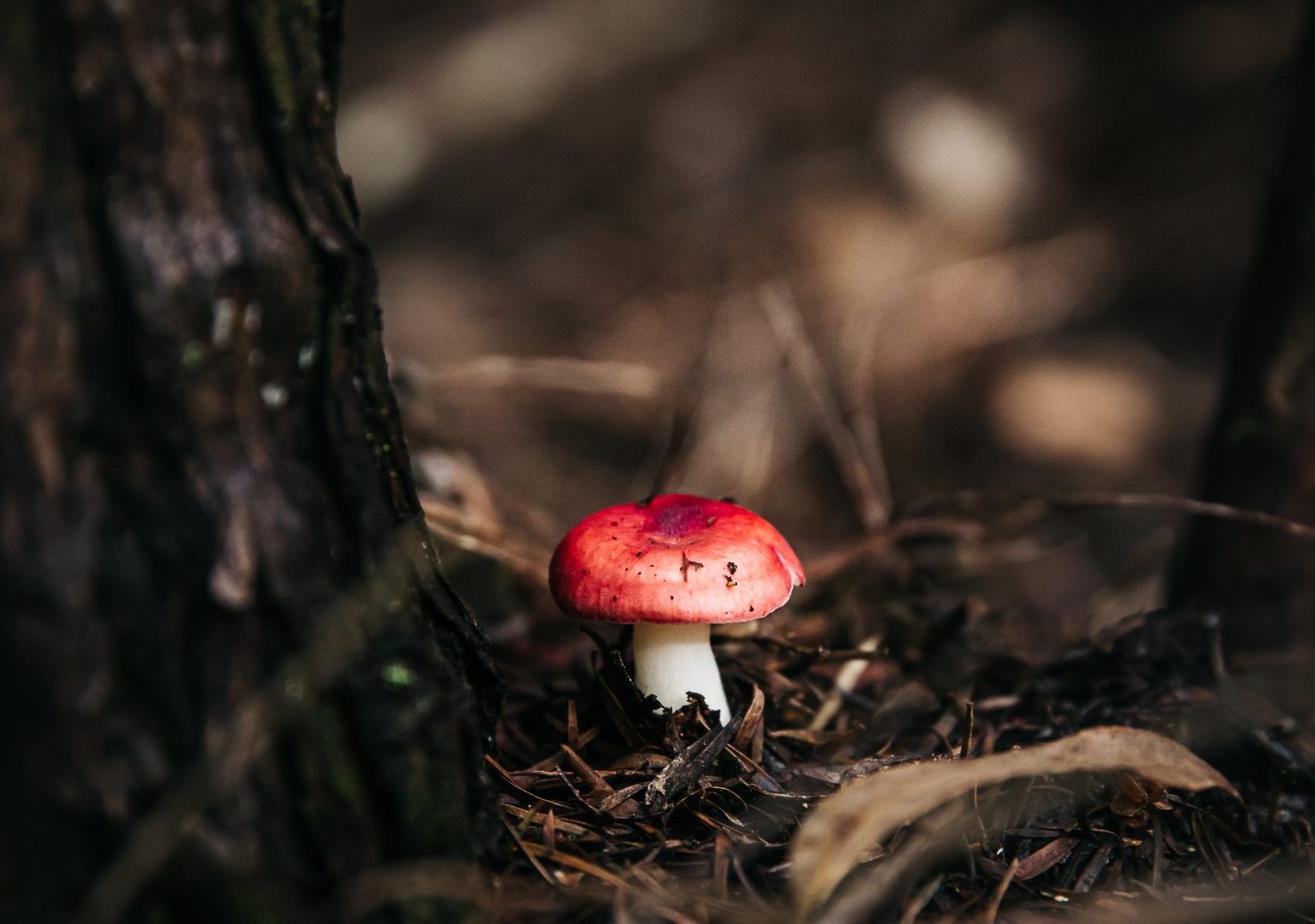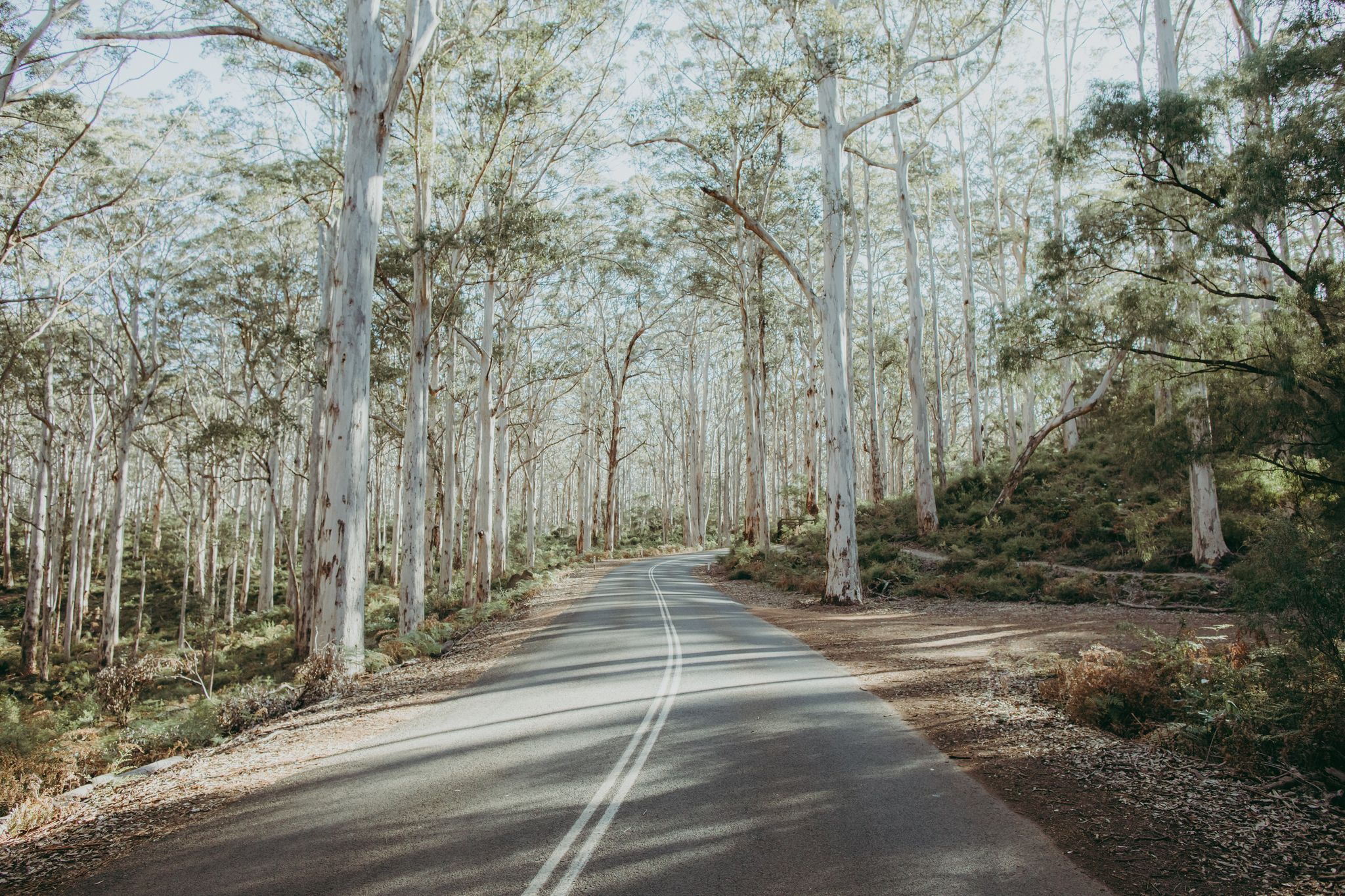Stroll beneath salmon pink karris and your eye is drawn upwards to the rustling wind in the canopy. It’s easy to miss the mushrooms and wildflowers growing in the damp earth below. But look a little closer beneath the fallen logs and leaf litter on each side of the path and you’ll discover a colourful and curious world of fungi, orchids and native wildflowers.
While some people see fungi as mostly brown, orange and yellow little dots hiding under leaves, there’s a diverse range of weird and wonderful species in our region.
Jane Scott, official ambassador of Nature Conservation Margaret River and author of The Magical World of Fungi, the Cape to Cape Track Guidebook and Walking Around in Circles says the shapes and colours can be quite fantastic.
“Spectacular purples, deep reds to pale orange, yellow, pink and blue,” she says.
“Some have fabulous names too – the curry punk with its vivid scent, the ghoul fungus that feeds on rotting animal remains and the bioluminescent ghost fungus that glows in the dark.”
Remember to balance your curiosity, all plants and fungi are protected in our National Parks – it is illegal to pick or collect them, and never eat fungi without getting a positive identification from an expert.







